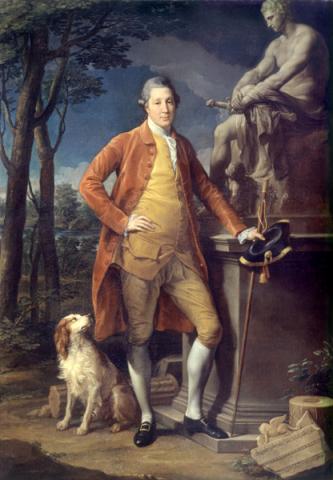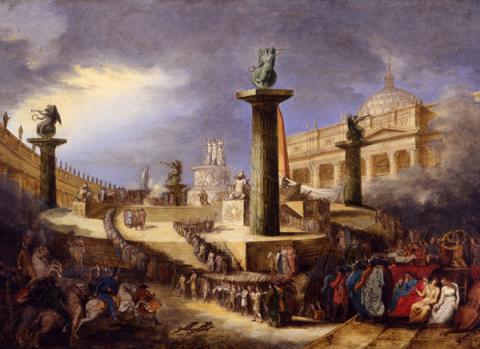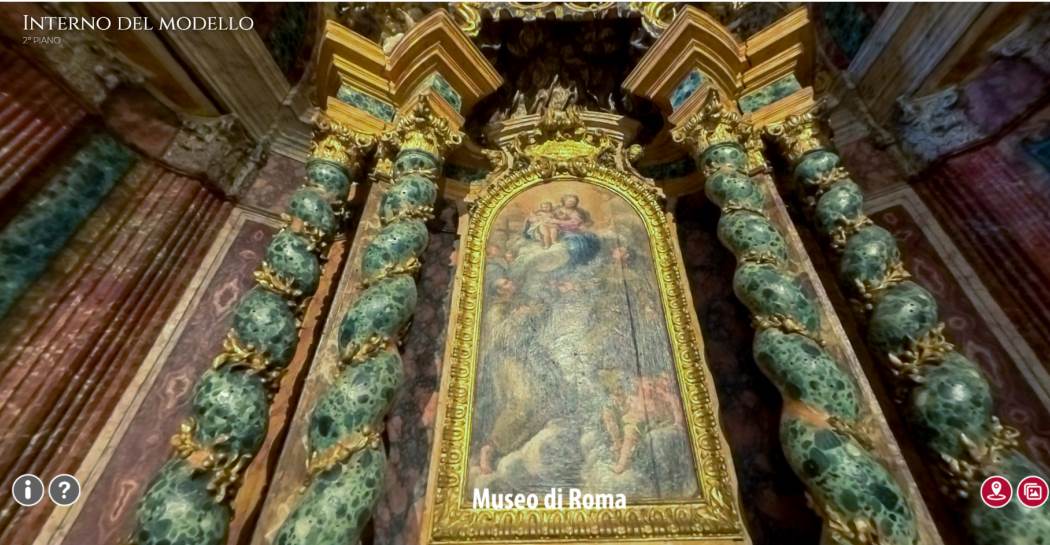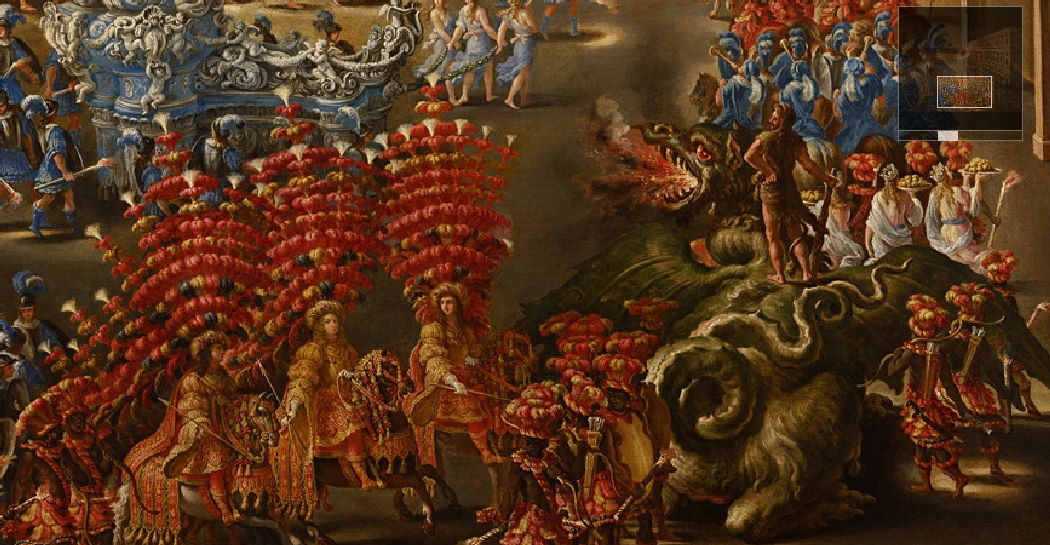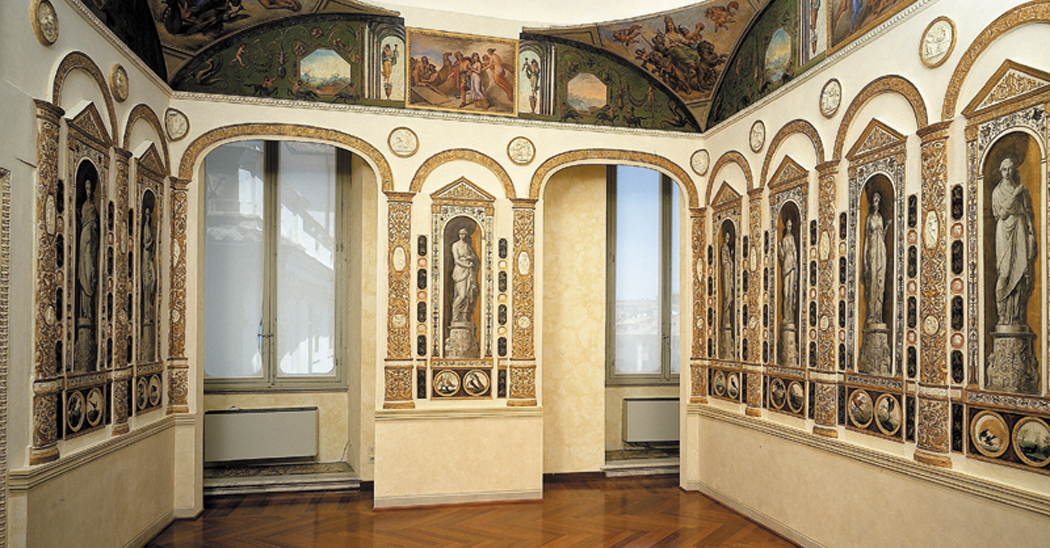Palazzo Braschi
Palazzo Braschi is in the heart of Renaissance Rome, between Piazza Navona and Corso Vittorio Emanuele II. Cosimo Morelli (1732-1812) an architect from Imola, was commissioned to design the building for Luigi Braschi Onesti, the nephew of Pius VI (Cesena 1717 - Valence 1799), who was elected Pope in 1775. It was built from wealth accumulated thanks to the unprincipled granting of many privileges from the Pope to his nephew. Palazzo Braschi is tangible evidence of Papal nepotism. It was last rebuilt under Pius VI before the radical political and cultural changes brought about by the French Revolution.
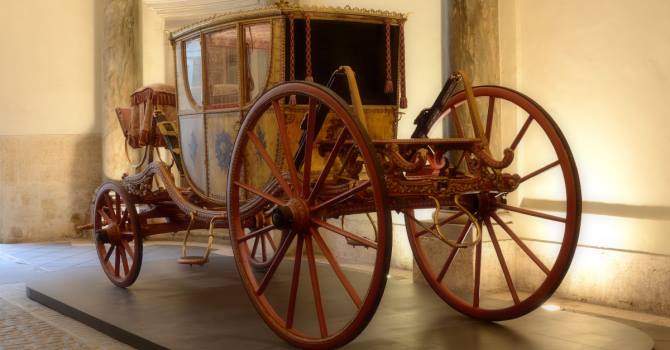

The building was constructed on the area where the fifteenth-century edifice of Francesco Orsini, the Prefect of Rome had stood, and where Cardinal Oliviero Carafa and later Cardinal Antonio Ciocchi del Monte lived in the 16th century. The latter commissioned Antonio da Sangallo il Giovane to build a tower decorated with historical scenes at the corner of Piazza Navona and Via della Cuccagna. At the end of the 17th century, the Orsini regained possession of the building and embellished it with numerous masterpieces. The building then passed to Prince Caracciolo di Santobono who sold it to the Braschi Onesti family in 1790.
Palazzo Orsini was demolished in 1791 and the works for the new building, designed by Cosimo Morelli, began the following year. The works were interrupted because of the French occupation in 1798, which cost Pius VI a life in exile. Construction resumed in 1802. In 1804 the monumental stairs and perhaps also the first floor chapel, attributed to Giuseppe Valadier (1762 - 1839), were completed.
Due to the financial problems of Duke Luigi Braschi Onesti, the decorations of the building had not been completed by 1816. The building was sold by the Duke's heirs to the Italian state and then it became the seat of the Ministry of the Interior and, later housed some Fascist institutions. After the war, three hundred homeless families lived in the Palazzo until 1949. Serious damage was caused to the frescoes and floors because of the fires that were lit there. Other damage was caused and thefts were numerous.
Since 1952, after substantial restoration work, Palazzo Braschi has been the seat of the Museum of Rome, but only recently, in 1990, did the state-owned property pass to the City Council. At the moment (and since 1999) restoration and consolidation works have been underway and it is expected that they will be completed by 2002. Consistent works are currently underway for the new exhibition path that includes all three floors of the building.


























